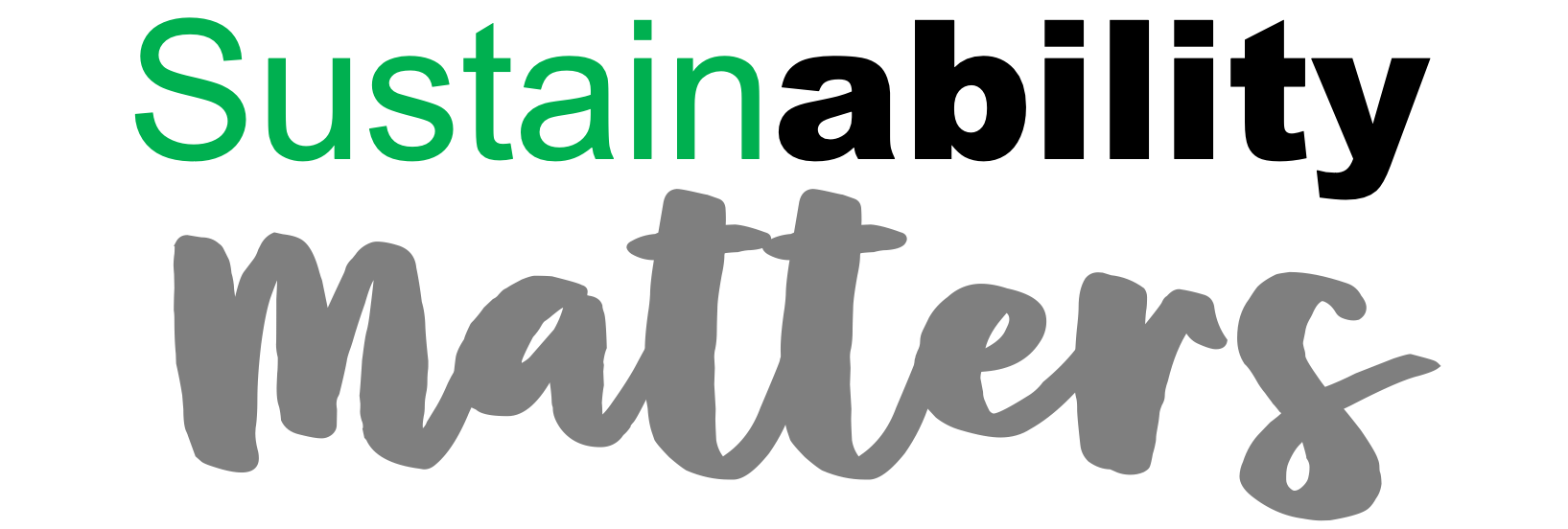What is fertiliser subsidy?
Farmers buy fertilisers at MRPs (maximum retail price) below their normal supply-and-demand-based market rates or what it costs to produce/import them.
The MRP of neem-coated urea, for instance, is fixed by the government at Rs 5,922.22 per tonne, whereas its average cost-plus price payable to domestic manufacturers and importers comes to around Rs 17,000 and Rs 23,000 per tonne, respectively. The difference, which varies according to plant-wise production cost and import price, is footed by the Centre as subsidy.
The MRPs of non-urea fertilisers are decontrolled or fixed by the companies. The Centre, however, pays a flat per-tonne subsidy on these nutrients to ensure they are priced at “reasonable levels”. The per-tonne subsidy is currently Rs 10,231 for di-ammonium phosphate (DAP), Rs 6,070 for muriate of potash (MOP) and Rs 8,380 for the popular ‘10:26:26’ complex fertiliser, with their corresponding average MRPs at Rs 24,000, Rs 17,500 and Rs 23,500 per tonne, respectively.
Decontrolled fertilisers, thus, retail way above urea, while they also attract lower subsidy.
How is the subsidy paid and who gets it?
The subsidy goes to fertiliser companies, although its ultimate beneficiary is the farmer who pays MRPs less than the market-determined rates. Companies, until recently, were paid after their bagged material had been dispatched and received at a district’s railhead point or approved godown.
From March 2018, a new so-called direct benefit transfer (DBT) system was introduced, wherein subsidy payment to the companies would happen only after actual sales to farmers by retailers. Each retailer — there are over 2.3 lakh of them across India — now has a point-of-sale (PoS) machine linked to the Department of Fertilisers’ e-Urvarak DBT portal. Anybody buying subsidised fertilisers is required to furnish his/her Aadhaar unique identity or Kisan Credit Card number. The quantities of the individual fertilisers purchased, along with the buyer’s name and biometric authentication, have to be captured on the PoS device. Only upon the sale getting registered on the e-Urvarak platform can a company claim subsidy, with these being processed on a weekly basis and payments remitted electronically to its bank account.
What was the new payment system’s underlying purpose?
The main motive is to curb diversion. This is natural with any under-priced product, more so in urea, whose basic MRP (excluding taxes and neem-coating cost) has been raised by hardly 11% from Rs 4,830 to Rs 5,360 per tonne since April 2010. The same period — from when all other fertilisers were decontrolled — has seen the per-tonne MRP of DAP rise from Rs 9,350 to Rs 24,000, while similarly going up for MOP (Rs 4,455 to Rs 17,500) and ‘10:26:26’ (Rs 7,197 to Rs 23,500).
Being super-subsidised, urea is always prone to diversion for non-agricultural use — as a binder by plywood/particle board makers, cheap protein source by animal feed manufacturers or adulterant by milk vendors — apart from being smuggled to Nepal and Bangladesh. The scope for leakage was more in the earlier system, right from the point of dispatch till the retailer end. With DBT, pilferage happens only at the retailer level, as there is no subsidy payment till sales are made through POS machines and subject to the buyers’ biometric authentication.
What is the next step being proposed?
At present, the Centre is following a “no denial” policy. Anybody, non-farmers included, can purchase any quantity of fertilisers through the PoS machines. That obviously allows for bulk buying by unintended beneficiaries, who are not genuine or deserving farmers. While there is a limit of 100 bags that an individual can purchase at one time, it does not stop anyone from buying any number of times. One plan under discussion is to cap the total number of subsidised fertiliser bags that any person can buy during an entire kharif or rabi cropping season. This, it is expected, would end even retail-level diversion and purchases by large buyers masquerading as farmers.
📣 Click to follow Express Explained on Telegram
What is the fertiliser requirement of a typical farmer?
It depends on the crop. A farmer growing irrigated wheat or paddy may use about three 45-kg bags of urea, one 50-kg bag of DAP and half-a-bag (25 kg) of MOP per acre. A total of 100 bags would easily cover the seasonal requirement of a 20-acre farmer. And that could possibly be a reasonable cap to impose; those wanting more can well afford to pay the unsubsidised rates for the extra bags.
How much subsidy does a farmer really get per acre?
For three bags urea, one bag DAP and half-a-bag MOP per acre, the farmer would spend a total of Rs 2,437 at existing MRPs. The corresponding subsidy value – at an average of Rs 13,000 per tonne (Rs 585/bag) for urea, Rs 511.55/bag for DAP and Rs 303.5/bag for MOP – will add up to Rs 2,418.3 per acre.
But then, farmers are also taxed on other inputs. Take diesel, where the incidence of excise and value added tax is Rs 42.19 on a litre retailing at Rs 70.46 in Delhi. On 30 litres of average per-acre consumption for paddy or wheat, that will be nearly Rs 1,266. So, for every Re 1 spent on fertiliser subsidy, more than half is recovered as diesel tax.
In addition, farmers pay goods and service tax (GST) on inputs, ranging from 12% on tractors, agricultural implements, pumps and drip/sprinkler irrigation systems to 18% on crop protection chemicals. Fertiliser itself is taxed at 5%. And since there’s no GST on farm produce, they cannot claim any input tax credit on their sales, unlike other businessmen.


Recent Comments